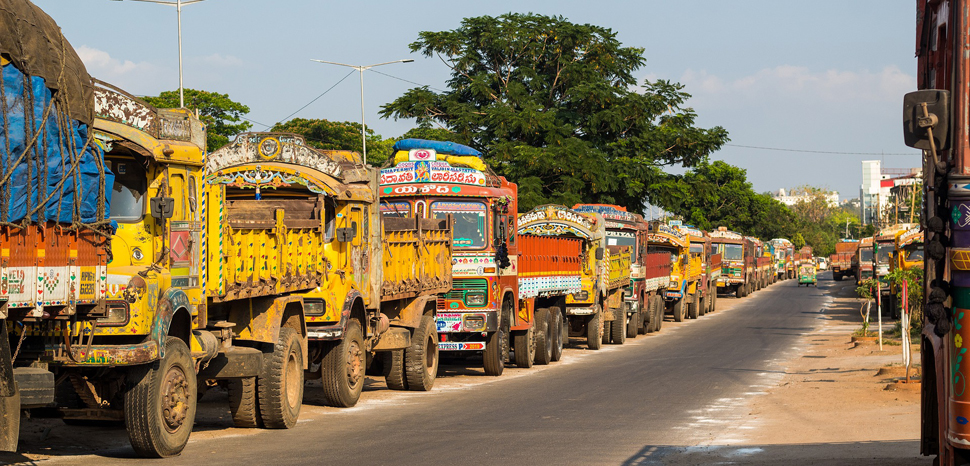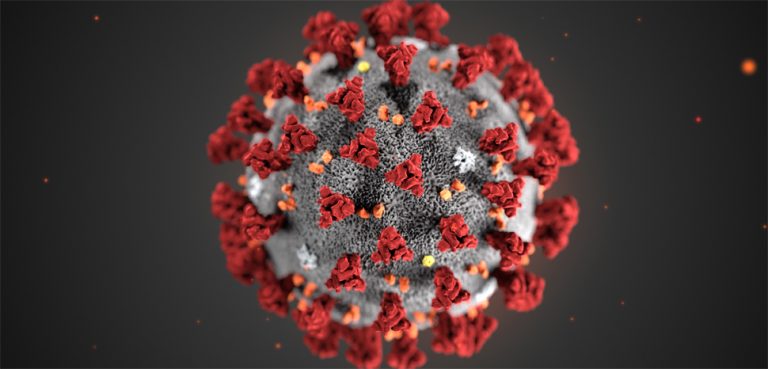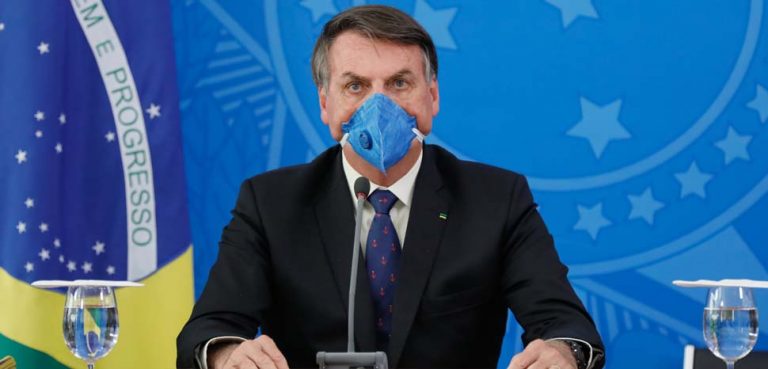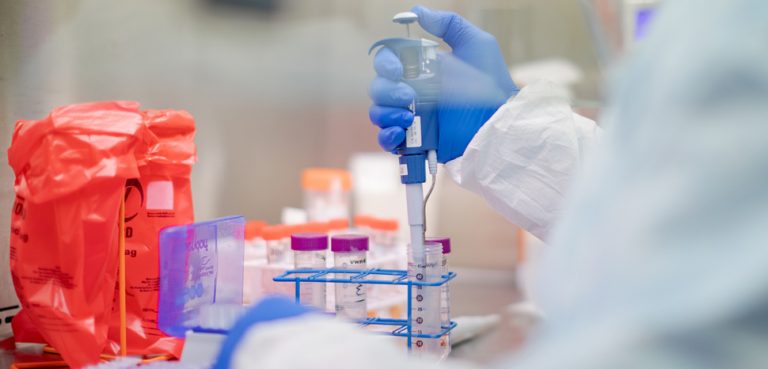The World Health Organization ranks India as the 7th most infected country with 80,722 active cases, 60,490 recovered/discharged/migrated and 4167 deaths as of May 26, 2020.
On March 24, Prime Minister Narendra Modi imposed strict lockdowns through implementing a combination of strict containment zones and aggressive contact-tracing using the city of Agra as inspiration. Despite initial success with the “Agra Model,” coronavirus infections have continued to rise, and have even doubled since April 2020. The resurgence of cases in India, which has now surpassed the number of cases in China, is mostly attributed to the economic concerns of the public and government. After eight weeks of quarantine measures, India’s situation has not only been brought to an economic standstill, but also a humanitarian crisis has emerged with millions of migrant workers left stranded without work, shelter, and a place to return to.
Amidst the rising poverty, there is immense pressure for world leaders in lower income countries like India to reopen businesses and lift COVID restrictions. Without established social infrastructures and an abundance of government resources, the Indian government is faced with the choice between deaths from poverty and deaths from the virus. Despite the rising number of COVID-19 cases, Modi hopes to ease the economic downturn through a $266 billion stimulus package, international trade reforms, and relaxation of COVID restrictions. Modi’s stimulus package will cover aid to small/big business owners with collateral free loans, increased spending on infrastructure especially in the food industry, more investment and reforms in the eight critical sectors, increased state borrowing limits, food and shelter accommodations for migrants, and increased public health labs. The softening of lockdown measures will vary between high-risk and low-risk zones, but the aim is to open up around 70 percent of the economy after April. Modi said in a television address last week, “Corona will remain part of our lives for a long time. But at the same time, we cannot allow our lives to be confined only around corona.”
In the following years, there will be more long-term political, social and economic implications resulting from the COVID-19 crisis of 2020. As the second most populous country in the world, India possesses immense potential with its large domestic market, geostrategic alignment, corporate dynamism and political reform momentum. Currently, what are some of economic and social considerations that comes into play with the reopening of India?
Economic Considerations
Before the COVID-19 crisis, India was already experiencing slow economic growth due to high-profile banking failures and political turmoil from a controversial new citizenship law. According to a poll of 52 economists, India’s economy grew at an abysmal 2.1 percent in the March quarter weighted against last year, which is about the weakest growth since early 2012.
In India, total real GDP growth is predicted to fall to 4.2 percent in fiscal year 2020 compared to the 6.1 percent growth in fiscal year 2019. This sharp contraction is attributed to the decline in private consumption and investment growth due to the effects of COVID-19 spreading locally and globally. Due to the coronavirus-induced lockdown, domestic production in the eight critical sectors (coal, natural gas, refinery products, fertilisers, steel, cement, and electricity) contracted by 9 percent in March and then again by 38.1 percent in April. Consumer goods sales have contracted 34 percent compared to April 2019 and Goldman Sachs predicts India’s GDP will contract 45 percent quarter-on-quarter from April to June.
Considering India’s shared values and interests with Western democracies, its large domestic market and flourishing private enterprises, the country is often considered a great alternative for cheap and skilled labour by Bloomberg Intelligence. Currently, the Indian government holds a protectionist stance against foreign investment especially in the manufacturing sector. This pandemic and China’s diminished status has given India a unique opportunity to work with foreign companies keen on diversifying their supply chains away from China. Even before the COVID-19 crisis, more than 50 multinational corporations were planning to shift their production from Chinese locations in favor of lower labour costs. Modi has openly championed open trade and investment policies recognizing that India would benefit from these supply chain realignments. Despite previous discontent with Modi’s governance, the prime minister’s approval rating increased from 76 percent to 83 percent in late April, according to a poll conducted by Morning Consult.
Social Considerations
Social distancing is a luxury for the middle and upper class. In India, the slum neighborhoods have a population density almost thirty times greater than New York City, serving as ideal hotspots for the spread of contact diseases like COVID-19. Between 152-216 million people in India live in informal housing with little access to piped water and food; their only choices are starvation or disease risk. Even in the financial capital of India, Mumbai, only 58 percent of the population has consistent access to basic services like fresh water, toilets or healthcare. The sudden and stringent lockdown imposed on March 24 with only four hours’ notice resulted in a huge scramble for food and transport especially in slum areas, which furthered the spread of COVID-19.
Although the government’s stimulus package includes medical insurance for front-line sanitation in government hospitals, workers are still at risk of contracting COVID-19 in the slums and in the hospitals. In additions, informal workers cannot risk time away from work or afford coronavirus testing; thus, all levels of social class are at risk of infection. As an alternative to remaining in their crowded urban living conditions, many migrant and informal workers are attempting to return to their home villages by foot. Such actions result in the spread of infection across rural areas in India, which tend to have few healthcare facilities. However, the biggest social inequality problem remains widespread inaccessibility to coronavirus testing, as free tests in public hospitals are very limited. Since 2007, private hospitals have come to dominate the Indian healthcare system, resulting in a lack of affordable healthcare services.
Conclusion
India’s coronavirus package, which is about 10 percent of India’s GDP, focuses mostly on economic rather than social considerations. The first tranche (25 percent of stimulus funding) focuses on economic rejuvenation for business through funding and loans. The second tranche (15 percent) focuses on short-term relief for the poor through food aid, affordable housing, street vendor loans, and more. The third tranche (7.5 percent) focuses on economic self-reliance within the agricultural and food processing sectors. The fourth and fifth tranches (2.4 percent) focus on structurally reforming the eight critical sectors with increased deregulation, government investments, and social policy funding. Understandably, the $266 billion stimulus is more geared toward the economy rather than healthcare and other social benefits for citizens. Given the state of the Indian healthcare system, an extensive amount of time and resources is needed for flattening the curve to a point that it becomes manageable by the system. Thus, the focus of funding has been mostly on improving the economic situation with deregulation and long-term investment plans in various sectors. Times of crisis amplify the effects of inequality and the Indian government has resorted to short-term solutions with direct benefit transfers rather than addressing the absence of accessible healthcare system, persistent poverty, and problems faced by daily wage earners.




